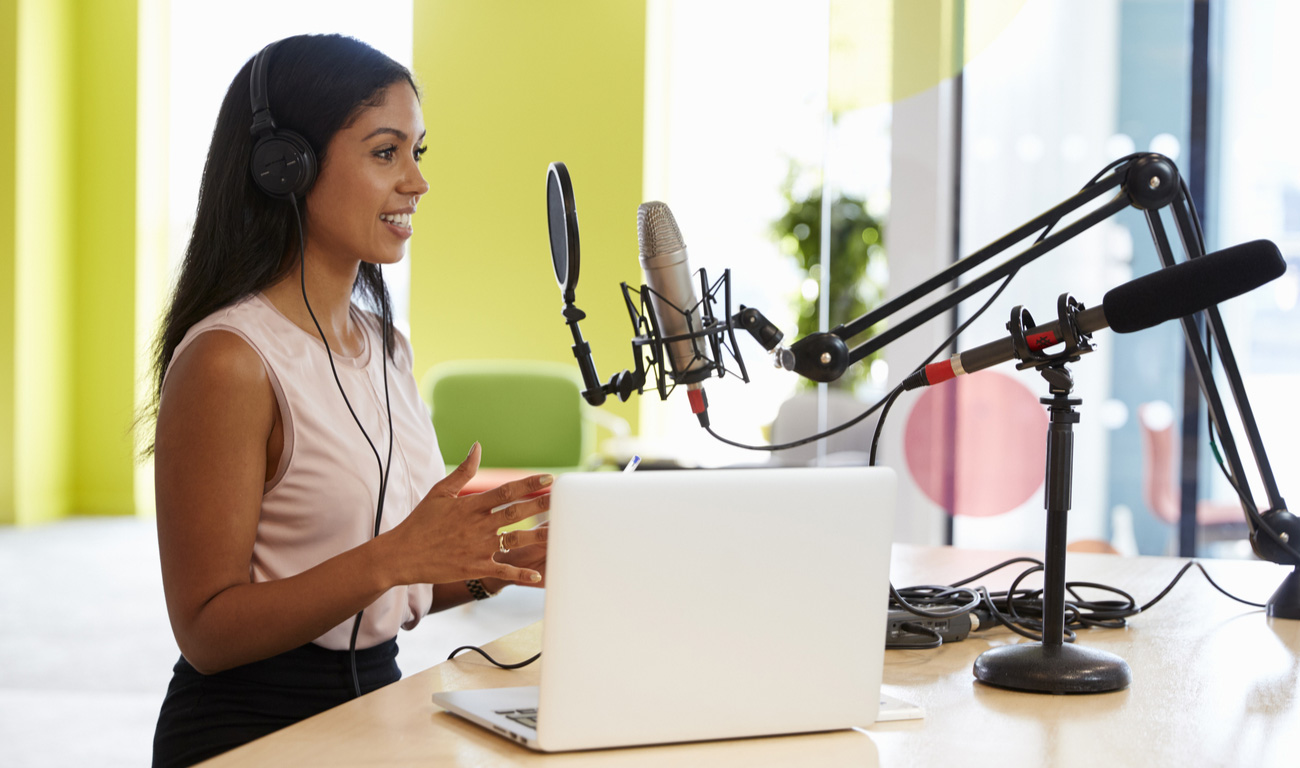Diversity, Inclusion & Equality Inc’s mission is to educate businesses and the general public on issues of diversity, inclusion and equality. It educates on the disadvantages of resistance to diversity and inclusion, which can lead to inequality.
Diversity in New York High Schools without Inclusion is Inequality

Diversity In New York High Schools Without Inclusion Is Inequality
The New York City Public Schools has over five hundred and forty high schools distributed across the boroughs and managed by the New York City Department of Education. Within these high schools, there is a minimum of nine specialized schools in areas of science, technology, and arts that cater to the needs of students with outstanding academic and artistic skills. Over the years, these schools have been a subject of concern on issues of inclusivity. Some of these schools include:
- Bronx High School of Science, specialized school of science and math for boys, racially diversified at 0.73 but titled in composition
- Brooklyn Latin School, renowned for its focus on subjects of humanities and classics, considered as one of the most diversified specialized schools, for boys and girls
- Brooklyn Technical High School, predominantly a technical school for boys with a focus on math and science
- Fiorello H. LaGuardia High School of Music & Art and Performing Arts, a specialized school that focuses on artistic talents or skills, with an audition-based selection process in the area of music (instrumental and vocal), dance, drama, visual arts, and technical theatre
- High School for Math, Science, and Engineering (City College) focuses on engineering studies
- High School of American Studies ( Lehman College), where the school’s curriculum focuses on the history of America
- Queens High School for the Sciences, emphasize is on science
- Staten Island Technical High School
- Stuyvesant High School of New York City, one of the oldest high schools, established in New York
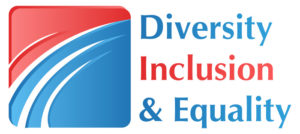
Including Students With Disabilities
Admittedly, there is a significant drive towards increasing diversity and inclusion in these schools and other public schools in the state as it relates to issues of disability, gender, and sexual preference; however, this has remained elusive. Let’s take the case of students with disabilities and special education over the years. There is a concerted effort to ensure that they are treated as equally as possible by integrating them into a regular school educational system, albeit depending on the level of disability. Records from 2019 from the National Center for Education Statistics of the U. S. Department of Education, children, and youth ages 3-21 with disabilities of all kinds are provided a free and suitable public school education, according to the Individuals with Disabilities Education Act (IDEA) enacted in 1975.
By 2015, over ninety percent of 6-21-year old students with disabilities were supported in regular schools. Evidence shows that most of the students appear to feel included. However, students with severe disabilities are schooled separately in other facilities such as correctional facilities, home-schooled, separate residential facility or private facilities, which can sometimes result in a feeling of isolation and exclusion in the larger society.
The success of this educational system is dependent on a couple of factors, such as the level of disability, availability of trained personnel, and availability of other supporting resources. However, one major area of evident lack is the inadequate exposure of the public, to adequate knowledge about how to support people with disabilities. Insufficient information on how to treat people with disabilities often results in acts of withdrawal, often interpreted as stigmatizing or discriminatory. Most times, only family members, close relatives, trained personnel or people with similar experience know what to do around people with disabilities. A lot of physical and emotional burden is on these caregivers and family members sometimes displayed as abuse towards the individual with a disability because of the pent up emotion and responsibility of caring for them. However, with adequate information, members of the community and society at large can offer support.
Including Students With Disabilities
Over the years, many factors have hindered the success of the best policies leading to inequality. For instance, let’s imagine a typical day in the life of an American high school student. In most public schools, the day practically starts from 7.30 am and ends by 3 pm. Most students benefit from the same quality of education – curriculum, experiences, and extracurricular activities within these hours. However, the focus on specific subjects makes a difference in building the future of the student. As soon as school is over, what happens after the bell for dismissal rings contributes significantly to the outcome of the student’s educational achievement in the long run.
While most high achieving students are engaged in continual learning, taking different classes in different subject areas or additional lessons in similar subject areas in person with a tutor for a couple of hours or paid-online class. Back at the school, other students who do not have the opportunity to have the paid services of a tutor to help them stay again and try to work through their challenges through remedial classes.
Lack of resources might limit them from having access to the video lessons posted on the internet to aid their understanding. During the weekends, while some students continue learning through additional avenues like private tutoring or arranged study groups, others have to support their family by engaging in jobs to raise money or engage in other activities not aligned with educational achievement to survive.
Eventually, all of them have to take a standardized test like SAT to gain admission into college or universities, and this is when the additional effort and practice often pay off for the students that have worked harder through the constant exposure to learning as they are better prepared.
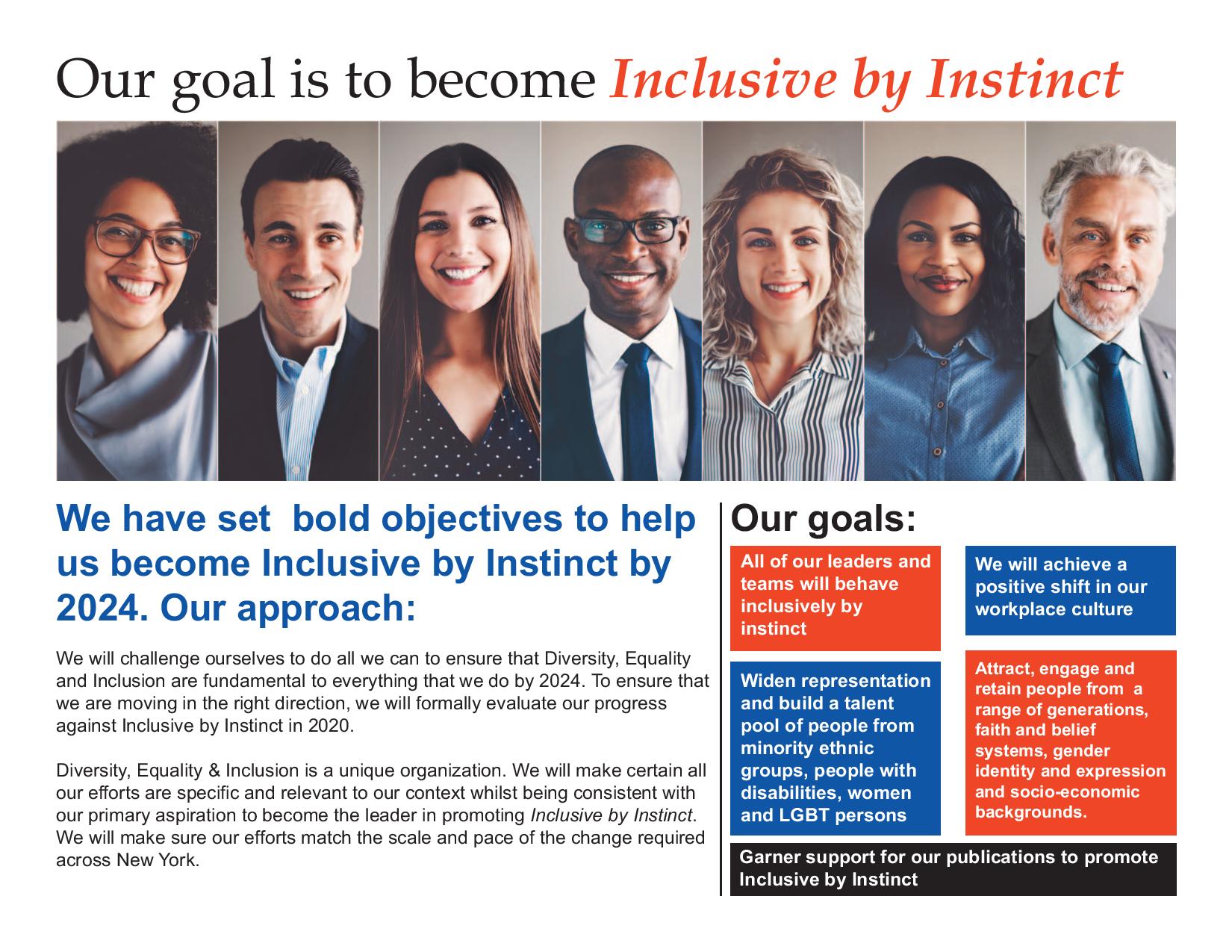
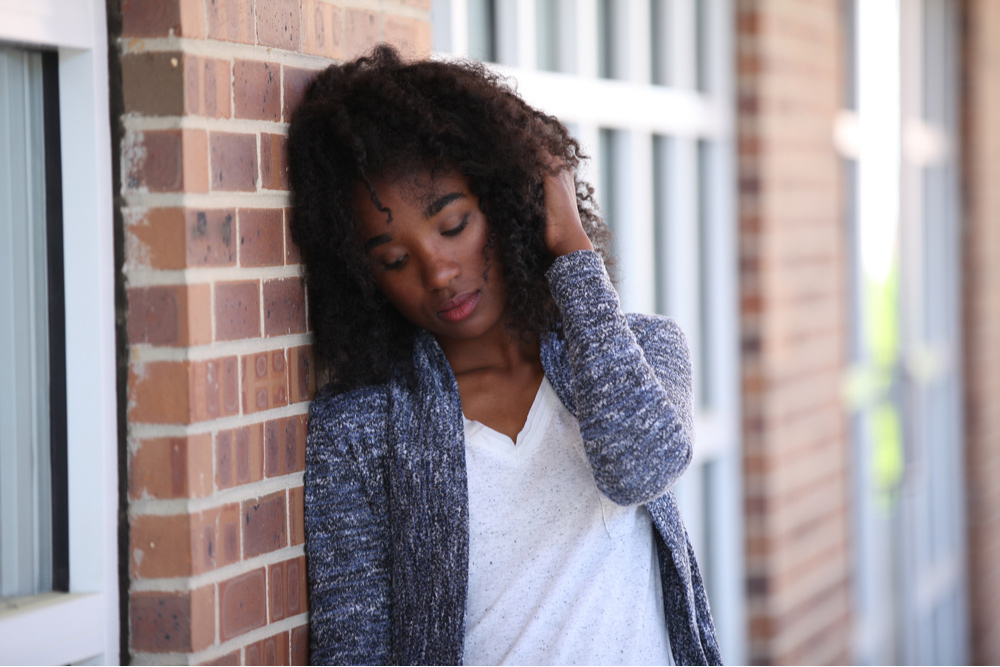
Hindering Factors
Unfortunately, the socio-economic circumstances of some of the students have contributed to their placement at a disadvantage in life compared to their contemporaries, with consequences that can transcend into the next generation. While addressing the issue of socio-economic status as a contributing factor is beyond the scope of this article, strategic policies and actions must be put in place to ensure that all students are given the same standard of education, which will set them up to compete favourably with their peers within and outside school.
Particularly, a combination of the following options will contribute to addressing the problem:
- Combining a well thought out educational curriculum (that addresses the gaps of students by race).
- Investing more resources in attracting and motivating teachers into/within the educational sector (by increasing their wages and addressing other issues).
- Devising a unique need-based strategy to address specific groups within the educational system (like the most-at-risk groups and disadvantaged communities) who have to deal with the long standing generational disadvantage that dates back in time.
- Allocating equal resources to all high schools. All of these will go a long way in combating inequality in New York High schools.
If you believe your Civil Rights have been violated, or if you need legal information on Civil Rights issues, please click on the information listed in numbers below. This information is made available through our sponsored show, Ask THE LAWYER. 1. Who Can I Sue? 2. What Is A 50-H Hearing? 3. Filing A Notice Of Claim In New York 4. New York Wrongful Discharge 5. Racial Discrimination 6. Gender Discrimination 7. Mistreatment By Police 8. Jail Neglect & Abuse 9. Racial Profiling 10. Police Misconduct 11. Police Dogs 12. False Arrest – Illegal Detention 13. Excessive Use Of Force By Police 14. Deadly Force
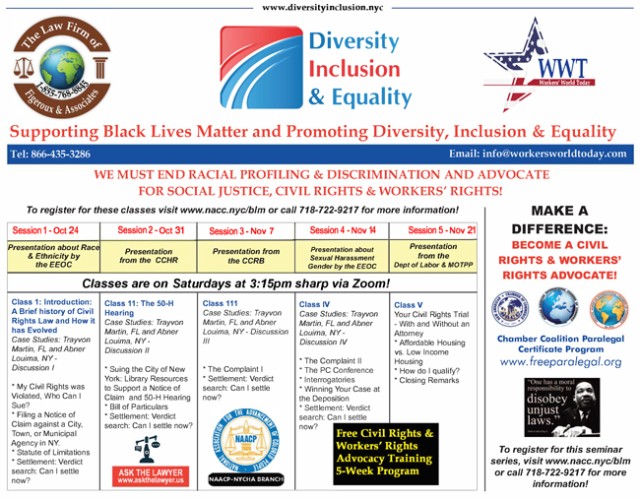
To volunteer, or to discuss your problem involving Diversity, Inclusion & Equality or your Civil Rights violations, please schedule an appointment below.
